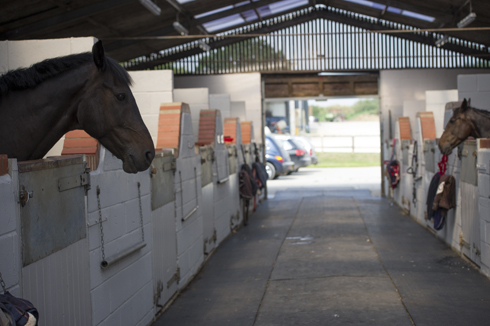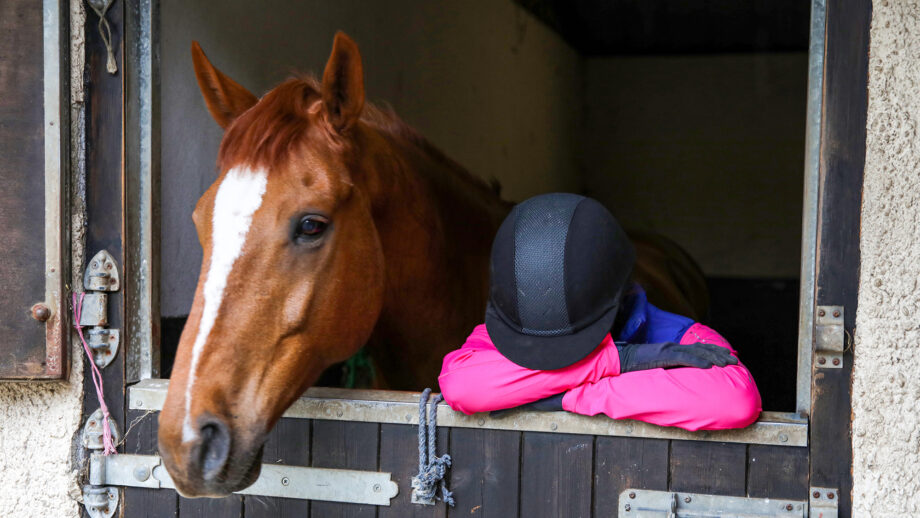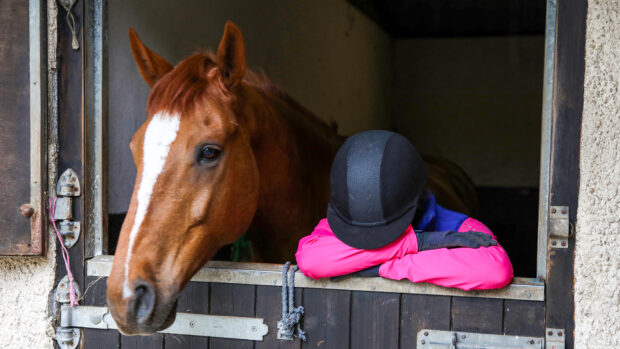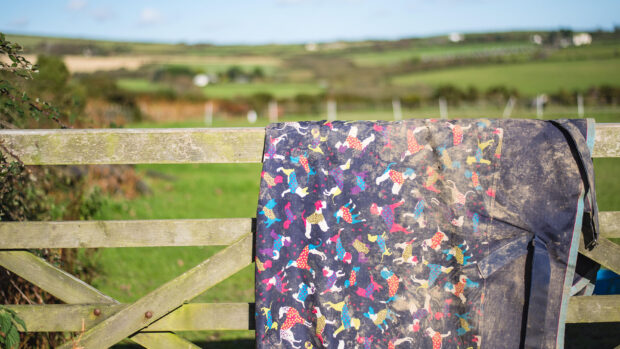Acquiring gear for your horse can feel like a bottomless pit, emptying your purse and cluttering your storage space, so it’s handy to know how to sell unwanted horse kit online (if only so you can buy more). Whether children have grown out of riding clothes, a saddle no longer fits, or our horse’s bitting requirements have changed, there’s likely to be someone who will treat our rejects like treasure. With the cost of living rising astronomically, every superfluous item sold will help the overall kitty.
Most of us are familiar with with buying and selling second-hand goods online, and selling horse kit is no different. There are a few platforms that work well for equestrian gear, and some simple tips to make sure you sell your item at the value it deserves.
Prepare your horse equipment for sale
Take the time to clean your kit and make it look its best. Buyers are much more likely to be attracted to an item if it doesn’t need a wash or patching up. Condition any leather and clean metal buckles on tack.
Take as many photos as you can from all angles, ideally including being worn by a horse or rider if appropriate. Take photos of brand stamps and serial numbers as well.
Find out what the original retail price (RRP) is and consider what you would be happy to sell it for. Make sure you list your product at a competitive price – if it’s too high, it either won’t sell or the buyer will be expecting superior quality. Search similar items to see what other people are selling them for.
It depends which platform you use and how much information on the item specifics you will have to give. Some have lots of dropdown boxes on brand names, age of kit and so on, while on other platforms you will need to draft out an ad. Give details on colour, size, age, condition, original RRP and, if appropriate, why you are selling. Be honest about any scratches and defects, and include photos.
You should also specify your location (the first section of your postcode will suffice – do not give your address), whether you can offer delivery or collection, and how much the postal charge will be if required.
Be ready to answer any questions about the item. The higher the value, the more likely potential buyers will have specific queries. The more information and the more photos you include, the better your chances of selling.
Where to sell your horse kit online
There are dozens of selling platforms online, so choose the one you are most comfortable with. Bear in mind that some marketplaces take commission on items sold, and depending on what filters you set, some even charge to list an item for sale.
A quick and easy way to sell items is via your local equestrian Facebook groups, simply on a post listing what you have for sale with photos. The bonus is that you can normally arrange pick-up or drop-off of the items, thereby avoiding expensive postal charges for larger items, such as saddles or jump wings. You can post a batch of items with sale prices and update as bits and bobs are sold.
Often you will know of the buyer or the livery yard where they are based, which makes this a safer transaction than between strangers.
Facebook Marketplace is another well-used method for equestrian kit. Marketplace was until this year entirely free for sellers, but it now carries a 2% charge on the selling price if you want to use their delivery service. It takes seconds to list an item, so make sure you have all the photos ready and your price decided.
- Click Marketplace on the left of your Facebook page
- Create new listing and click Item for sale
- Add photos
- Enter the specific details about your item
- You can choose to hide your listing from your Facebook friends (it will be visible to others on Facebook)
- Click Next and then Publish
- You can edit your listing and mark the item as sold.
Ebay, Facebook Marketplace’s biggest competitor, has long been charging customers both to list and sell items. Private sellers can list a certain number of items free (it depends on the value and your account, but typically up to 250), after which they are charged 35p per listing. You’ll pay 12.8% of the final value fee, including the item price, postage and any applicable fees, plus a fixed charge of 30p per order. For high-value items over £2,500, which might cover some equestrian sales such as a saddle, vendors pay 3% for the portion of the sale price above £2,500.
You’ll need to set up an eBay account if you don’t already have one, and it’s worth building up your feedback score as some buyers won’t be willing to trust a new account. Try selling some low-value items, giving a great service to the buyer, to increase your score.
Amazon Marketplace works for both private and professional sellers at differing prices but is geared towards the professional. For those selling fewer than 35 items a month, without advertising or advanced selling tools, it costs 75p for each item sold, excluding VAT, plus additional selling fees. Professionals will be paying £25 per month, excluding VAT, plus additional selling fees. The additional fees are a percentage of the total sale price, which depends on the category of item, but expect around 15%.
Preloved has an equestrian section within its classified ads marketplace and is free both to buy and sell. You can pay for upgraded membership which enables you to do more to your ads, and see other people’s ads sooner.
Gumtree is another free classified ads marketplace, connecting buyers and sellers locally. Purchases are often in cash. You’ll need to set up an account and to key in your postcode. List your item with at least the price you want to get for it, as you’re likely to be haggled down. It is usually free to advertise, with no commission, although you do have the option of increasing your ad’s exposure to potential buyers at a cost of £5–8 per week.
However it is not widely used for equestrian sales – horse items fit under the category of “other sports and leisure” or “pets” rather than having a section of their own. If you key in saddle, you may be directed to bike parts.
The item has sold! Now what?
Do not hand over your item until the money is in your bank, held by the selling platform, or in your hands.
Methods of taking payment vary according to how you have sold your item. Cash is still often used for local transactions – if someone offers a cheque, make sure it has cleared before you send the item. PayPal is a reliable method used on many marketplaces, which offers protection for both the buyer and seller in worst-case scenarios. Always tick the “goods and services” option rather than “friends and family”.
You will have specified collection, delivery or postal charges on your original advert. If it is a local transaction and you plan to meet up in person to exchange cash and goods, do follow appropriate safety protocol and make sure it is in a public place – for example a local show centre or a cafe, rather than finding yourself on a remote farm on your own.

9 ways to save money on your horse’s bills

13 ways to save money on horse costs without compromising on care

8 tips to avoid being caught out when buying secondhand equestrian kit

Subscribe to Horse & Hound magazine today – and enjoy unlimited website access all year round




